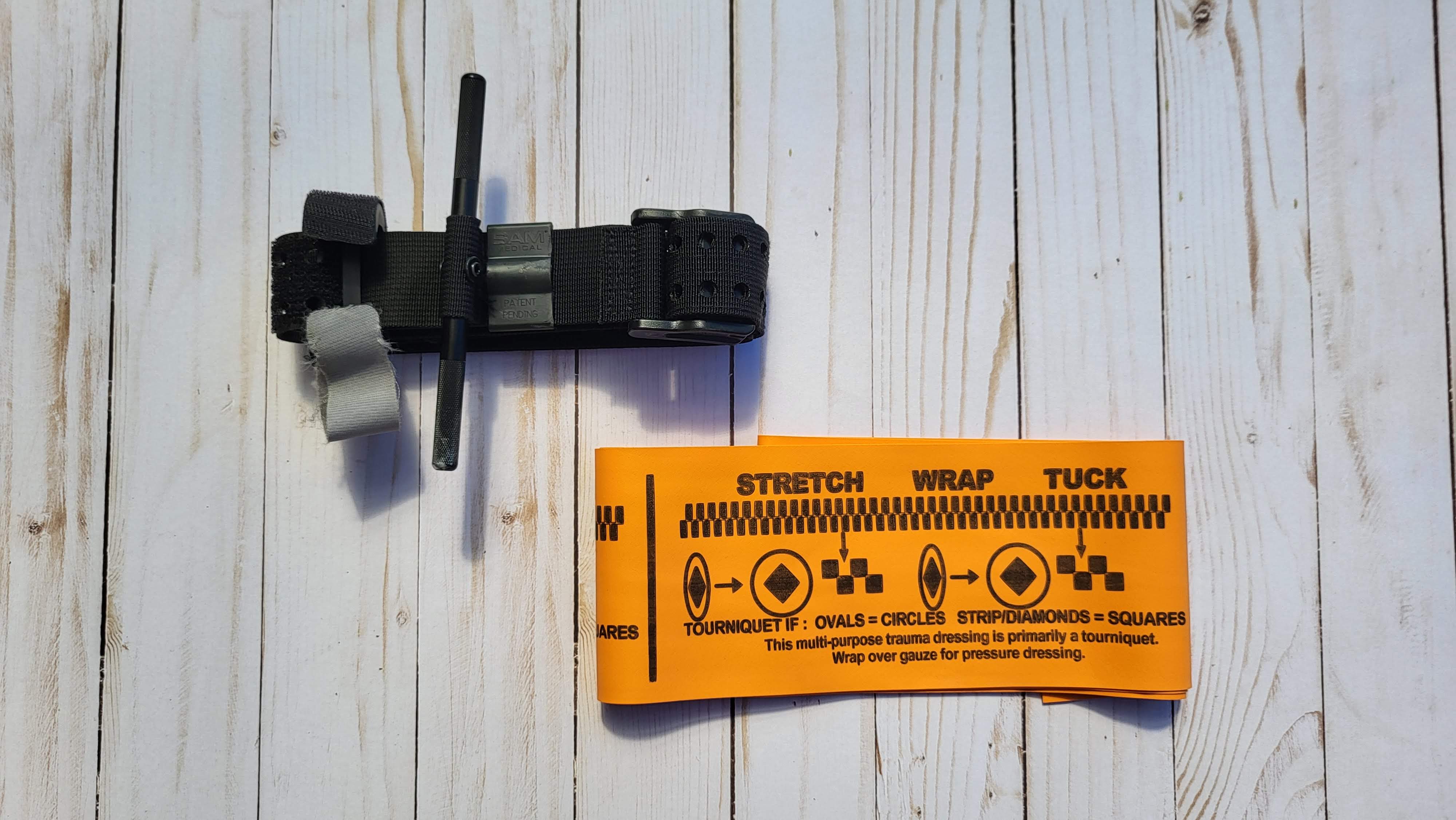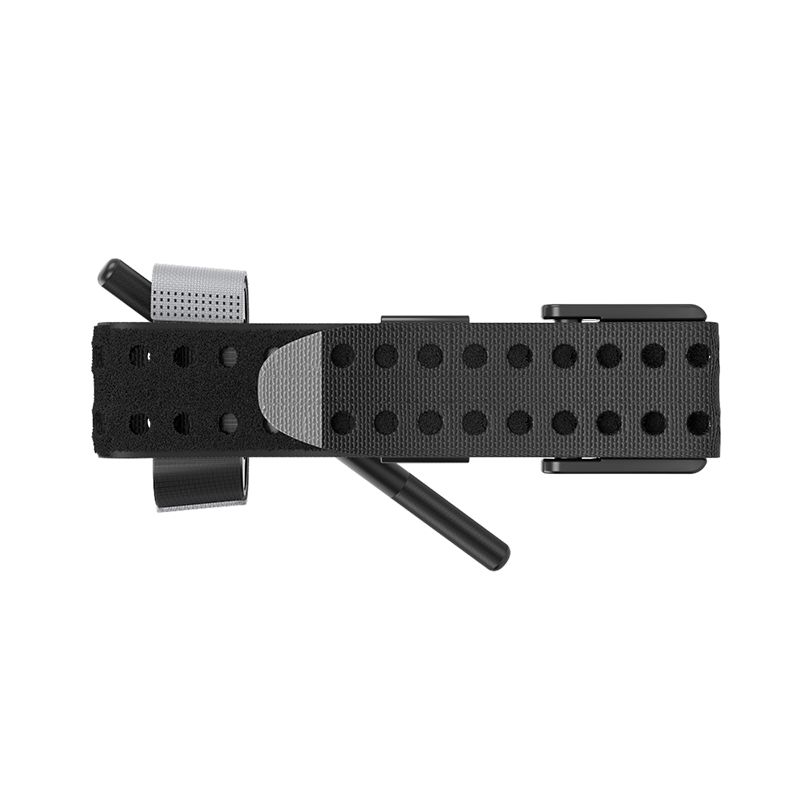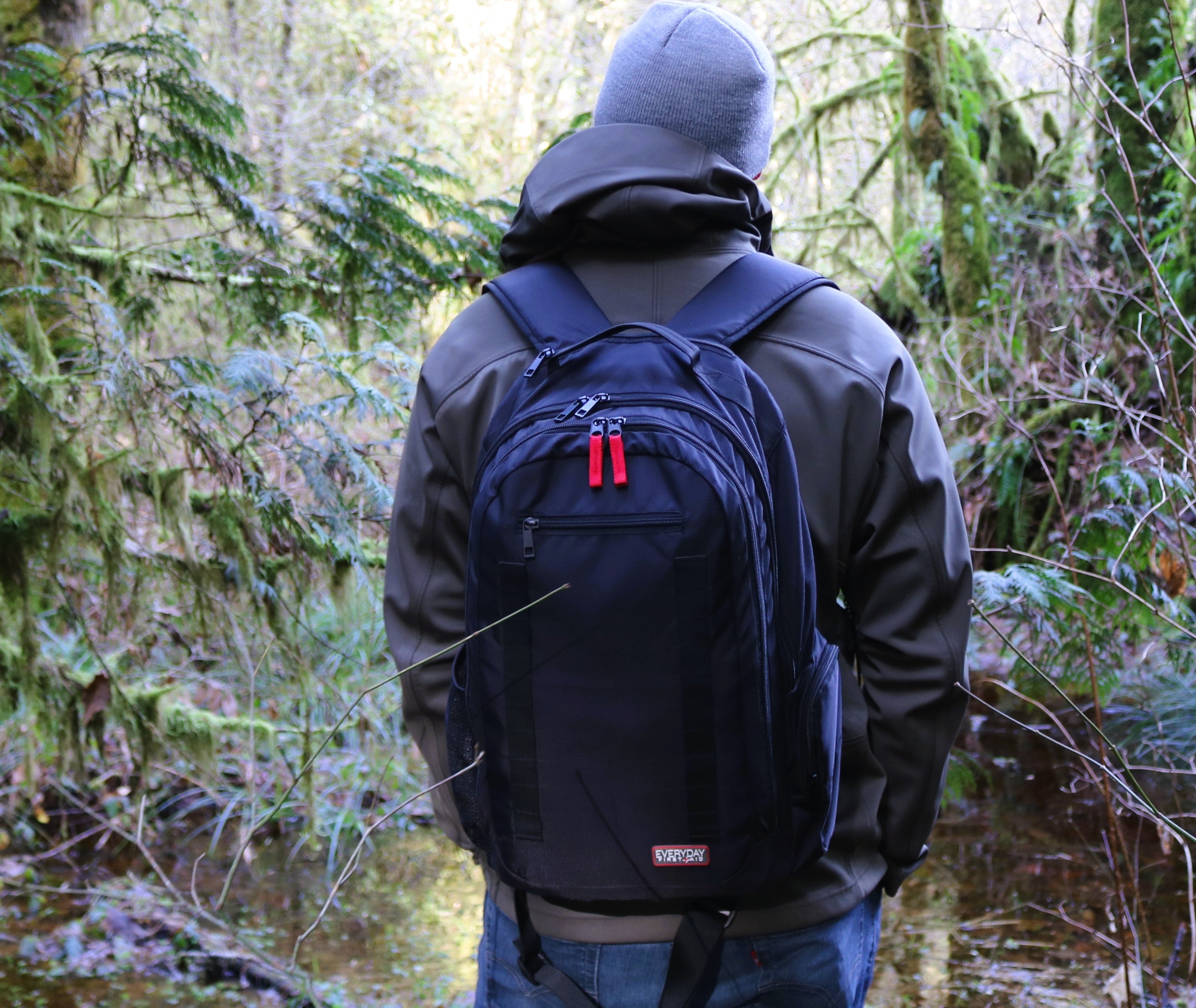First off, a quick description of what a tourniquet is and how it works. A tourniquet is a tool used on an extremity (an arm or a leg) to block blood vessels in that limb to stop blood flow. This can be done for several different reasons, but the main reason we’ll talk about today is in order to prevent the loss of life from exsanguination (blood loss) from a major traumatic event.
Once seen as a “last resort” (more on that later), tourniquets are an effective way to stop major bleeding as a result of a gunshot, amputation, or a puncture. In most cases, the rescuer should attempt to control the bleeding through direct pressure. While the rescuer is applying direct pressure, he or she (or a bystander if available) should be preparing a tourniquet for application.
There are 3 main types of tourniquets that we’ll look at today: mechanical, rubber and improvised.
Mechanical Tourniquets
Mechanical tourniquets are commercially produced by a wide variety of companies to be carried for the sole purpose of aiding a person who is tackling a traumatic event. These are the “gold standard” of tourniquets and are used to stop bleeding by those who carry them. Because they have been developed for the sole purpose of stopping bleeding, these devices are no longer viewed as a "last resort". In studies by medical journals (Cambridge Study, NCBI Study) they can be a "first resort" in some cases.
These medical grade devices are typically made of 4 parts:
- Strap- This is the main piece of the tourniquet and the part that occludes (stops) the bleeding. It is usually a wide, strong, piece of nylon that is tightened by pulling and held in place by Velcro or other type of mechanism to secure it.
- Windlass- Typically made of a very high-grade plastic or metal, this small piece is used as a fulcrum to tighten the strap, causing it to compress the blood vessel and stop the blood flow.
- C-clip- This is also usually made of plastic or metal and serves as an “anchor point” for the windlass once it is tight. The windlass is inserted into the C-clip so the strap will stay tight.
- Time strap- Used to denote what time the tourniquet was applied so once the patient is at the hospital or higher level of care, they will know how long the tourniquet has been on the limb. It is also used to secure the windlass in place, so it won’t loosen accidentally if it’s rubbed or bumped against something.
There are a lot of commercial tourniquets available on the market, but there are 8 that are approved for use by the U.S. Army’s Committee on Tactical Combat Care (CoTCCC):
- SAM Extremity Tourniquet (SAM-XT)
- Combat Application Tourniquet (CAT), Gen 7
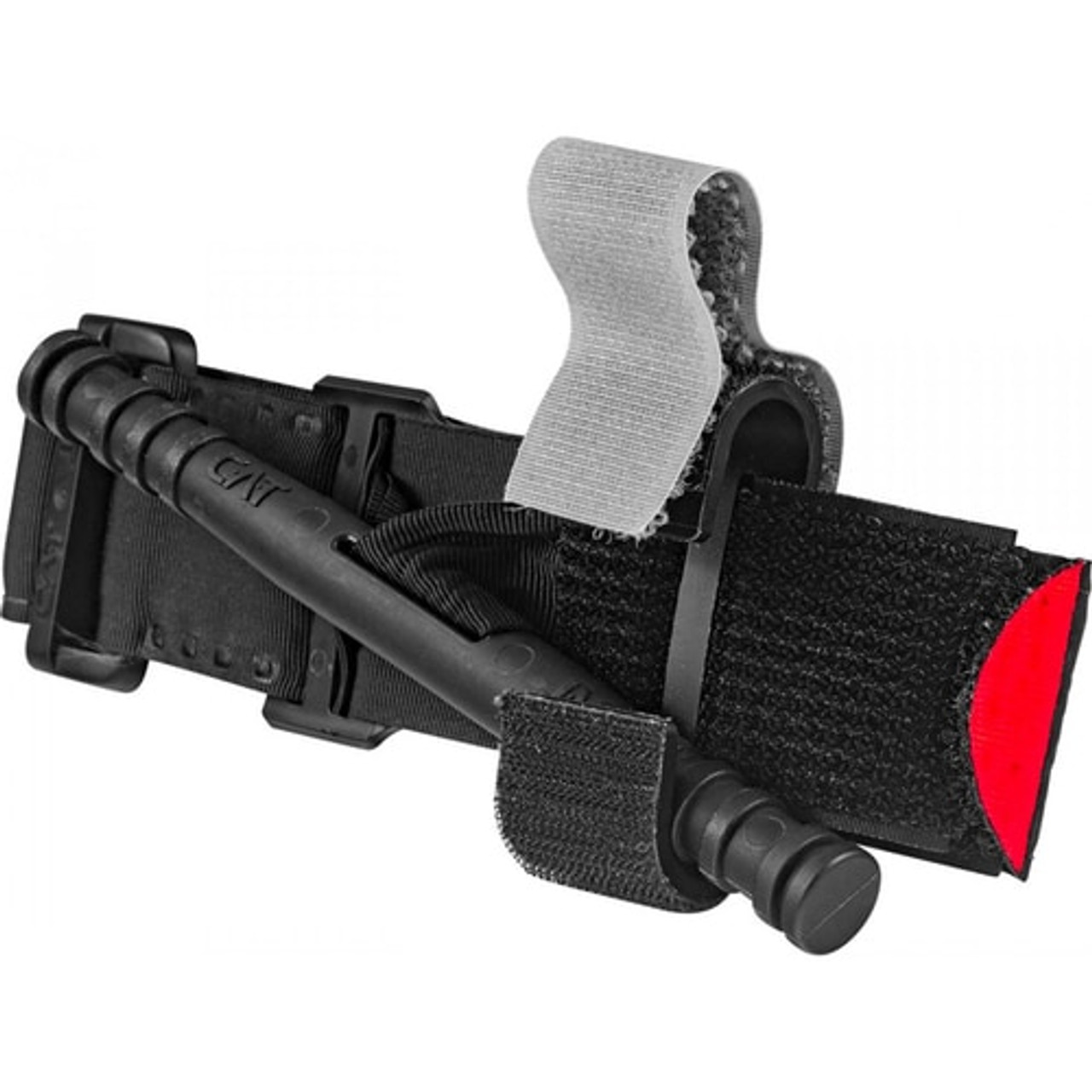
- Combat Application Tourniquet (CAT), Gen 6

- Ratcheting Medical Tourniquet, Tactical (RMT-T)
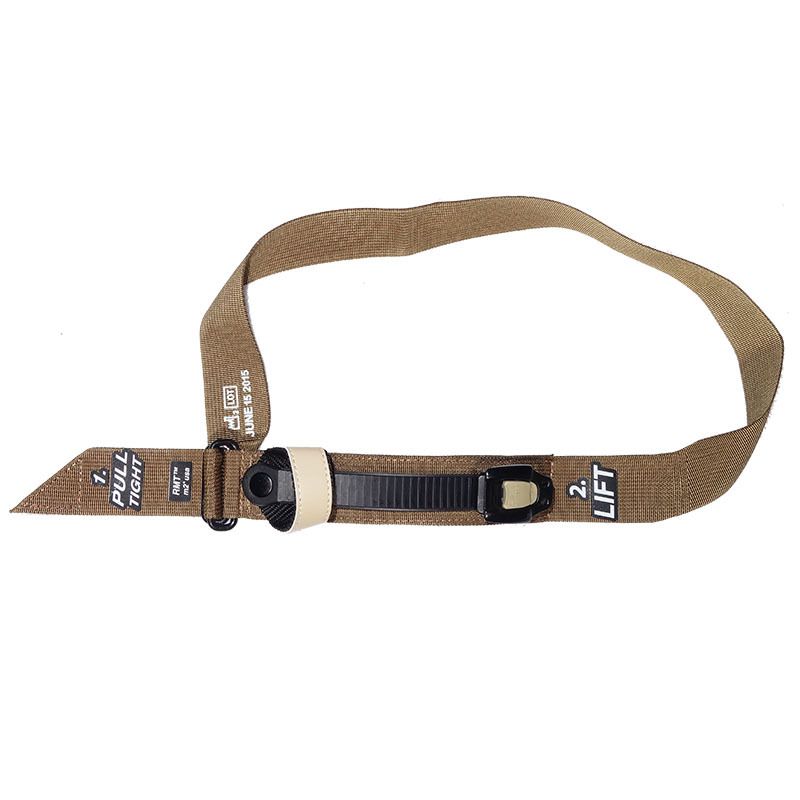
- SOF Tactical Tourniquet- Wide (SOFTT-W)
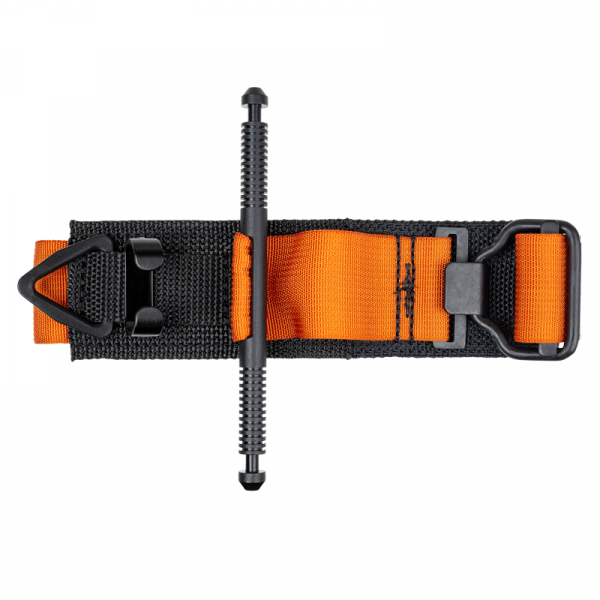
- Tactical Mechanical Tourniquet (TMT)

- TX2” Tourniquet (TX2)
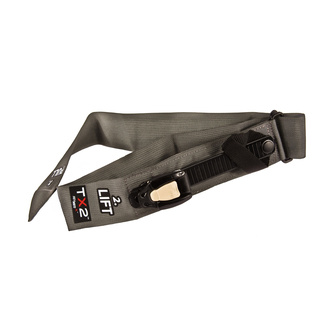
- TX3” Tourniquet (TX3)
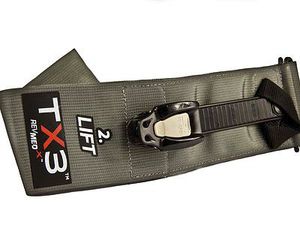
Regardless of what type of mechanical tourniquet you carry, it’s important that you’ve been trained on it and are familiar with how it works. The last place you want to be trying to figure out how your tourniquet works is when someone needs it. It will also be important to make sure it's out of the packaging, staged and ready to go. YouTube has plenty of videos showing how to properly stage each type of strap tourniquet.
An important thing to look out for with mechanical tourniquets are cheap knock offs. If you’re going to purchase this (or any other life saving product), make sure you’re purchasing from a reputable dealer. If you find a tourniquet that looks like one of the tourniquets listed above, but it’s only a fraction of the price of the tourniquet on other sites, odds are that it’s a knock off. There are tons of videos online that show knock off tourniquets failing because of any number of reasons, like Velcro not holding or a windlass breaking. We've posted one HERE.
Rubber Tourniquets
These tourniquets are usually seen in a clinical setting, like a doctor’s office or a hospital. They’re usually a thin, disposable piece of rubber or latex that is temporarily used while a patient is getting their blood drawn or getting an IV. These particular clinical tourniquets are not as effective at shutting down an artery stemming from a traumatic injury.
However, there is one rubber tourniquet that can be used in a situation like this, and that is the SWAT-T (which stands for Stretch, Wrap and Tuck Tourniquet).

The SWAT-T is a wide band of rubber that can be used not only as a tourniquet on a limb, but as a pressure dressing as well. One of the advantages of the SWAT-T is that it can be used on all age groups, from children to adults, as well as animals, unlike mechanical tourniquets that usually can only be used on adult humans.
Because of it’s wide (a little over 4”) band, it won’t cause tissue damage if left on for a more extended period of time like a thinner tourniquet might, but it’s still a good idea to get the patient to a hospital or doctor as soon as you can so the tourniquet can be removed. It’s understood that a tourniquet like this can stay on for 2 hours, with little risk of permanent injury (see tourniquet studies above).
One caveat using a rubber tourniquet to stop a big-time bleed is that it can sometimes be a challenge because they can get very slippery from the blood. If possible, try to soak up some of the blood with gauze before applying the tourniquet. If you have someone else with you (or if the victim is able to), tourniquet application works well as a team sport, and one person can hold direct pressure on the wound while the other applies the tourniquet.
Improvised Tourniquets
Let’s get one thing out of the way straight out of the gate. Improvised tourniquets ARE NOT AN ADEQUATE SUBSTITUTE FOR A COMMERCIALLY PRODUCED TOURNIQUET. Using a neck tie, belt, or electrical cord is a poor substitute for a mechanical tourniquet and will likely not be nearly as effective. But, if you’re in a situation where you don’t have any other options, and you or someone you’re with is bleeding to death, it may be an option as a last resort. Whatever you decide to use, it will need to be tight enough to stop the bleeding. You will likely need to use something as a windlass (think a strong stick, pipe or something that won’t break under pressure) to turn whatever material you’re using for a strap. Once your improvised tourniquet is tight enough to stop the bleeding, you’ll need to have a way to secure the windlass or the strap in place, so it doesn’t loosen up, causing the wound to start bleeding again.
At Everyday First Aid, we sell the SAM-XT and the SWAT-T tourniquets, but if you’re comfortable with another CoTCCC tourniquet, great, please make sure you carry it. Whatever you use as a tourniquet, make sure you get it on quickly in the event of a life-threatening bleed, and don’t wait to use it as a “last resort”.
Sources:
Eilertsen, Kenneth A., et al. “Prehospital Tourniquets in Civilians: A Systematic Review.” Prehospital and Disaster Medicine, vol. 36, no. 1, 2020, pp. 86–94. Crossref, https://doi.org/10.1017/s1049023x20001284.
Lee, C., et al. “Tourniquet Use in the Civilian Prehospital Setting.” PubMed Central, Aug. 2007, www.ncbi.nlm.nih.gov/pmc/articles/PMC2660095.

